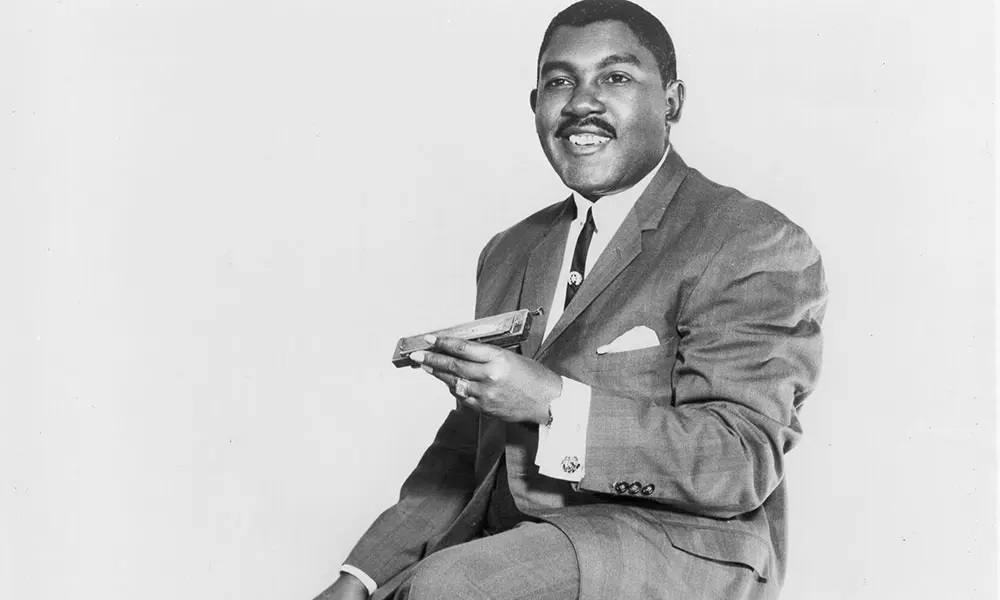Herman “Junior” Parker was a bluesman with a velvet voice, a gifted songwriter, and a unique ability to blend blues with soul, R&B, and even early rock and roll. Born in 1932 in Coahoma County, Mississippi, Parker rose to fame in the 1950s and 1960s with a smooth vocal style that contrasted with the rawer blues of his contemporaries. His music bridged genres and inspired generations of musicians. Here are five of the best songs by Junior Parker—each a shining example of his talent and lasting legacy.
1. Mystery Train (1953)
One of Junior Parker’s most iconic songs, “Mystery Train” became a cornerstone of American music. Written by Parker and Sam Phillips and released on Sun Records, the song blends traditional blues themes with a rhythmic urgency that prefigures rock and roll. The song’s metaphor of a train as a force of loss and destiny struck a chord, and it was famously covered by Elvis Presley, helping cement its status as a classic.
Why it’s great: With its haunting lyrics and hypnotic rhythm, “Mystery Train” showcases Parker’s gift for storytelling and melody, making it a defining moment in blues and early rock history.
2. Next Time You See Me (1956)
Released on Duke Records, “Next Time You See Me” became one of Parker’s biggest hits. The song features a swinging rhythm, catchy horn arrangements, and Parker’s trademark smooth vocals. It was widely covered by blues and rock artists, including the Grateful Dead, showing its broad influence beyond traditional blues audiences.
Why it’s great: This track combines blues roots with uptown polish, illustrating Parker’s ability to evolve the genre with style and soul.
3. Feelin’ Good (1953)
Originally released on Sun Records, “Feelin’ Good” captures Parker’s upbeat side. The song features an infectious rhythm and confident lyrics that reflect a sense of joy and liberation. It’s one of his earliest hits and helped establish him as a major figure in the post-war blues scene.
Why it’s great: With its celebratory mood and driving beat, “Feelin’ Good” is a perfect example of Parker’s feel-good blues and stage charisma.
4. Driving Wheel (1961)
“Driving Wheel” is a slow, soulful blues ballad that showcases Parker’s expressive vocal phrasing. The lyrics speak of longing and resilience, set against a laid-back instrumental backdrop. It became a signature tune and has been covered by numerous artists, including Al Green and Junior Wells.
Why it’s great: This song proves Parker’s mastery of the slow blues style, blending emotion and subtlety into a timeless performance.
5. Sometimes I Wonder (1961)
This song captures Parker at his most reflective, with lyrics that ponder lost love and regret. “Sometimes I Wonder” blends R&B, soul, and blues into a seamless whole, making it one of his most emotionally resonant tracks.
Why it’s great: The song highlights Parker’s sensitivity as a vocalist and his ability to infuse blues with heartfelt soul, making it a standout in his catalog.
Conclusion
Junior Parker’s music occupies a unique place in the history of the blues. His ability to combine genres, his silky voice, and his gift for melody ensured his place among the greats. Whether through the raw energy of “Mystery Train” or the soulful introspection of “Driving Wheel,” these five songs represent the essence of a blues legend whose influence continues to echo today.


No responses yet